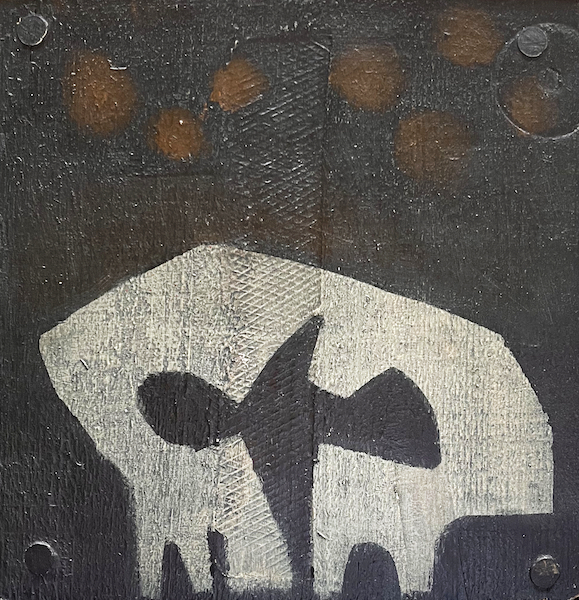Biography
Endre Bálint is a Hungarian painter and graphic artist, one of the most significant figures of modern Hungarian art, the avant-garde.
He was born in 1914 into an intellectual family, his father, Aladár Bálint, was a well-known art critic in the West, his uncle Ernő Osvát. (His sister Klára Bálint became the wife of writer and literary historian Antal Szerb in 1938). At the age of 16, he was accepted into the graphics department of the Hungarian Royal School of Applied Arts, majoring in advertising graphics, but it soon became clear that he was also strongly attracted to painting. At the age of twenty, he traveled to Paris for three months, the modern painting he met there committed him to his later career.
After returning home, in 1935, at the private school of János Vaszary, he met Lajos Vajda, with whom he soon formed a personal and artistic friendship. In 1936, he studied at Vilmos Aba-Novák's private school. From 1937 to 1940, many young painters belonged to Lajos Vajda and Dezső Korniss in Szentendré, including Endre Bálint. In 1936, he fell ill with a lung problem. In 1938, his first collection exhibition was organized in the Tamás Gallery. From then on, he was at the center of the attention of critics dealing with the development of modern Hungarian art, especially the significant art historian and critic Ernő Kállai, who was a regular art critic of Népszava in 1939-1942.
In 1945, he was one of the founding members of the group of artists called the European School. In 1947, he spends a longer time in Paris, meets André Breton, and participates in the International Surrealist World Exhibition. Until 1956, he was not allowed to hold an exhibition in this country, he was placed in the forbidden category. He lived in Paris between 1957 and 1962. His famous Bible illustrations were made here. After 1962, in Hungary, it was gradually transferred from the tolerated category to the subsidized one. He took part in many exhibitions with his pictures abroad and then at home. In the last decade of his life, he received every possible award, including the Kossuth Prize before his death. He died of lung disease in 1986, after a long illness, still at the peak of his creative powers.

